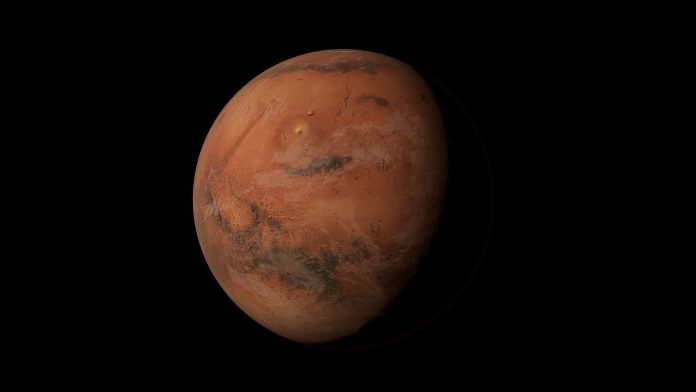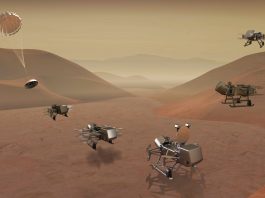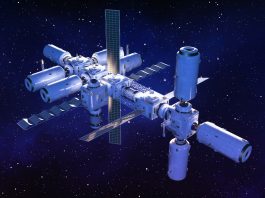The launch of the second ExoMars mission to study Mars has been delayed until 2022, after being postponed by the European Space Agency (ESA) and the Roscosmos Space Corporation.
The ExoMars team, following the recommendations of European and Russian Inspector Generals, concluded that the spacecraft needs more time to be thoroughly tested before receiving authorisation to launch.
Led by the European Space Agency (ESA) and the Roscosmos Space Corporation, the primary goal of the mission is to establish if there has ever been life on Mars, and to better understand the history of water on the planet. The ExoMars rover, named Rosalind Franklin, includes a drill to access the sub-surface of Mars as well as a life-search laboratory kept within an ultra-clean zone.
“I am confident that the steps that we and our European colleagues are taking to ensure mission success will be justified and will unquestionably bring solely positive results for the mission implementation,” said Roscosmos Director General Dmitry Rogozin.
“We want to make ourselves 100% sure of a successful mission.”
Dmitry Rogozin and head of the ESA, Jan Wörner, agreed that further tests to the spacecraft are necessary before the launch of ExoMars. In addition, the parties acknowledged that the final phase of ExoMars activities are compromised by the general aggravation of the epidemiological situation across the globe.
“We have made a difficult but well-weighed decision to postpone the launch to 2022. It is driven primarily by the need to maximise the robustness of all ExoMars systems as well as force majeure circumstances related to exacerbation of the epidemiological situation in Europe which left our experts practically no possibility to proceed with travels to partner industries,” said Roscosmos Director General Dmitry Rogozin.
“We want to make ourselves 100% sure of a successful mission. We cannot allow ourselves any margin of error. More verification activities will ensure a safe trip and the best scientific results on Mars,” said ESA Director General Jan Wörner.
What’s next for ExoMars?
All flight hardware needed for the launch of ExoMars has been integrated in the spacecraft. The Kazachok landing platform is fully equipped with thirteen scientific instruments, and the Rosalind Franklin rover’s nine instruments recently passed final thermal and vacuum tests in France.
The latest ExoMars parachutes dynamic extraction tests have been completed successfully at NASA’s Jet Propulsion Laboratory, and the main parachutes are ready for the two final high-altitude drop tests this month in Oregon, USA.
The new schedule anticipates a launch between August and October 2022. Celestial mechanics allow for short launch windows for ten days every two years exist in which Mars can be reached from Earth.
ExoMars will be the first mission to search for signs of life at depths up to two metres below the martian surface, where biological signatures of life may be uniquely well preserved.
Do you want the latest news and updates Innovation News Network? Click here to subscribe, and make sure to stay connected with us.












